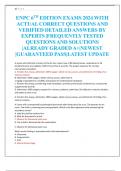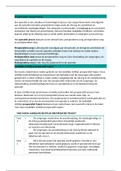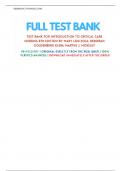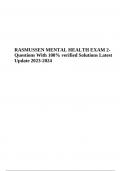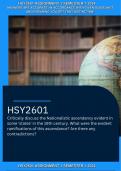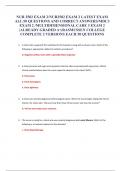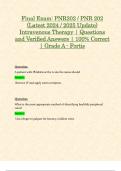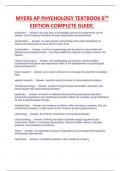Examen
ENPC 6TH EDITION EXAMS 2024 WITH ACTUAL CORRECT QUESTIONS AND VERIFIED DETAILED ANSWERS BY EXPERTS |FREQUENTLY TESTED QUESTIONS AND SOLUTIONS |ALREADY GRADED A+|NEWEST |GUARANTEED PASS|LATEST UPDATE
ENPC 6TH EDITION EXAMS 2024 WITH ACTUAL CORRECT QUESTIONS AND VERIFIED DETAILED ANSWERS BY EXPERTS |FREQUENTLY TESTED QUESTIONS AND SOLUTIONS |ALREADY GRADED A+|NEWEST |GUARANTEED PASS|LATEST UPDATE
[Montrer plus]
